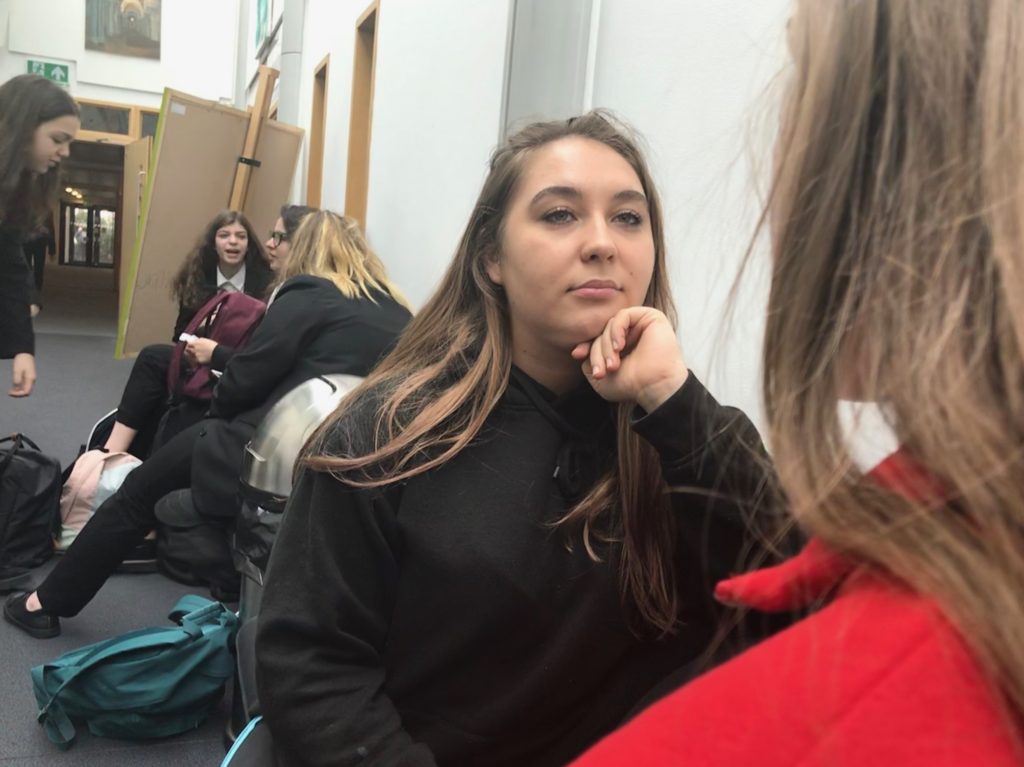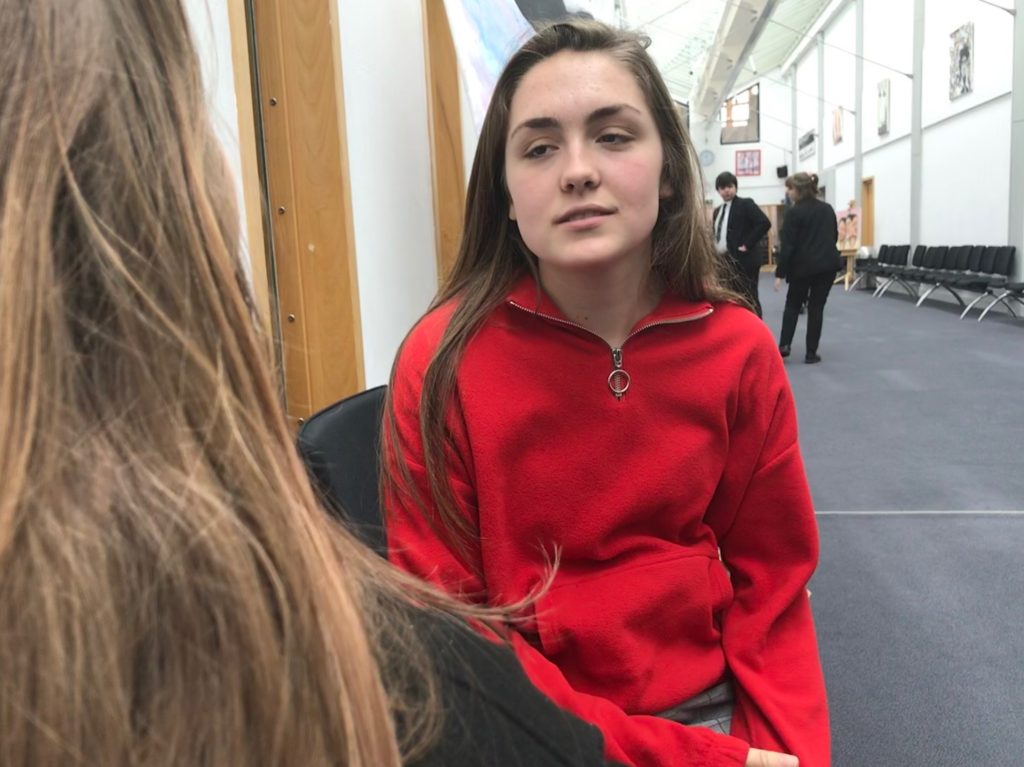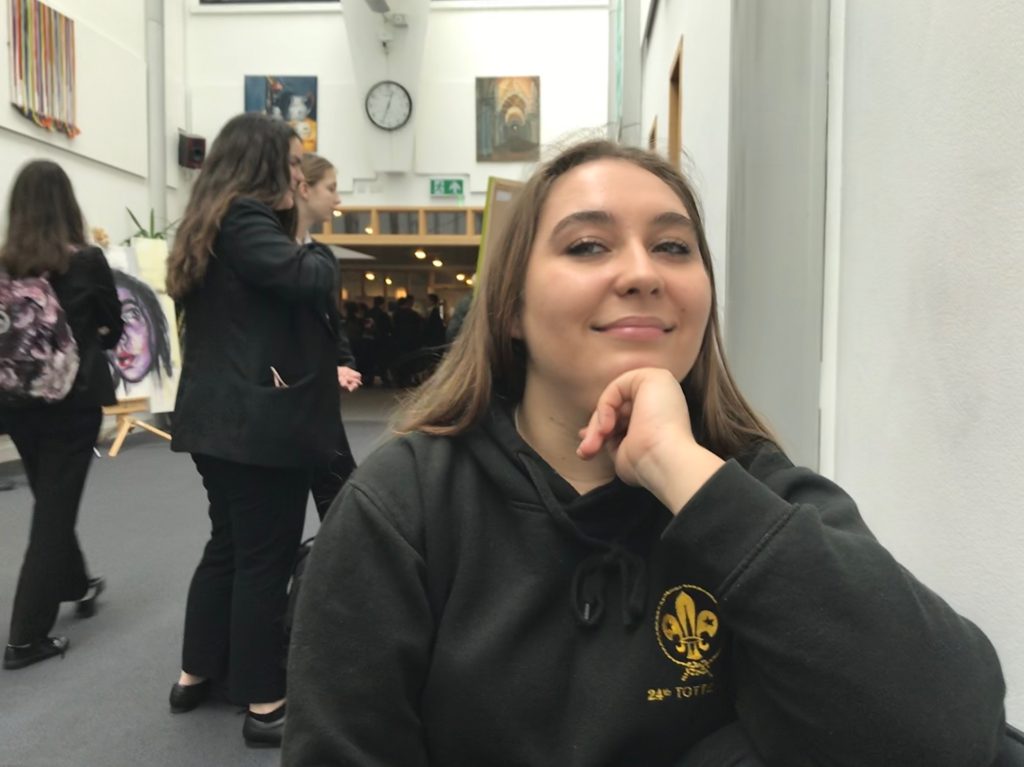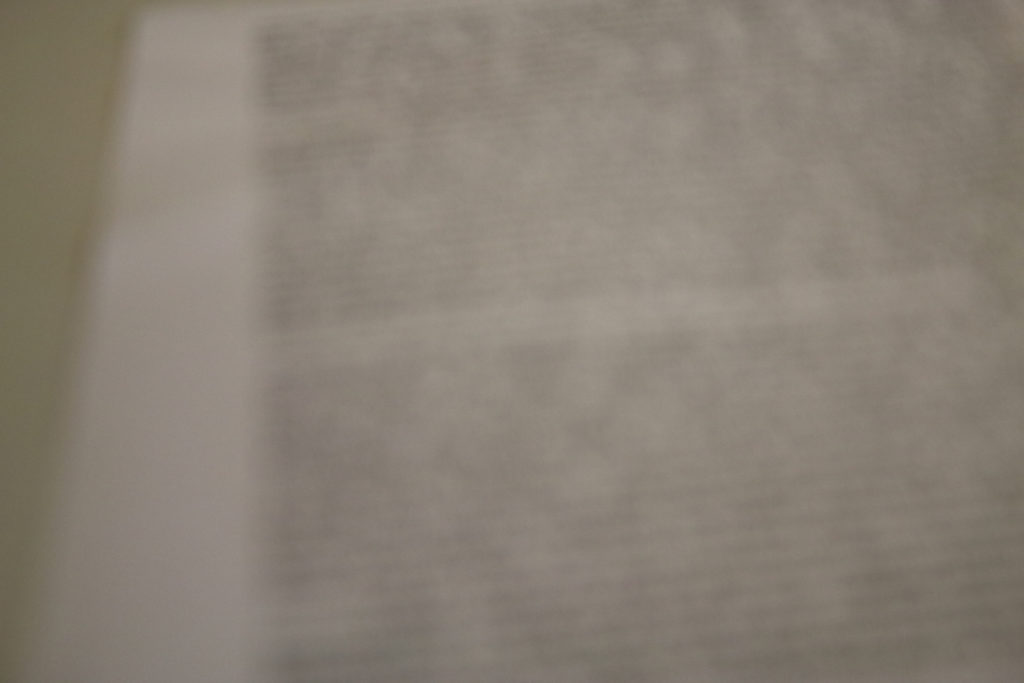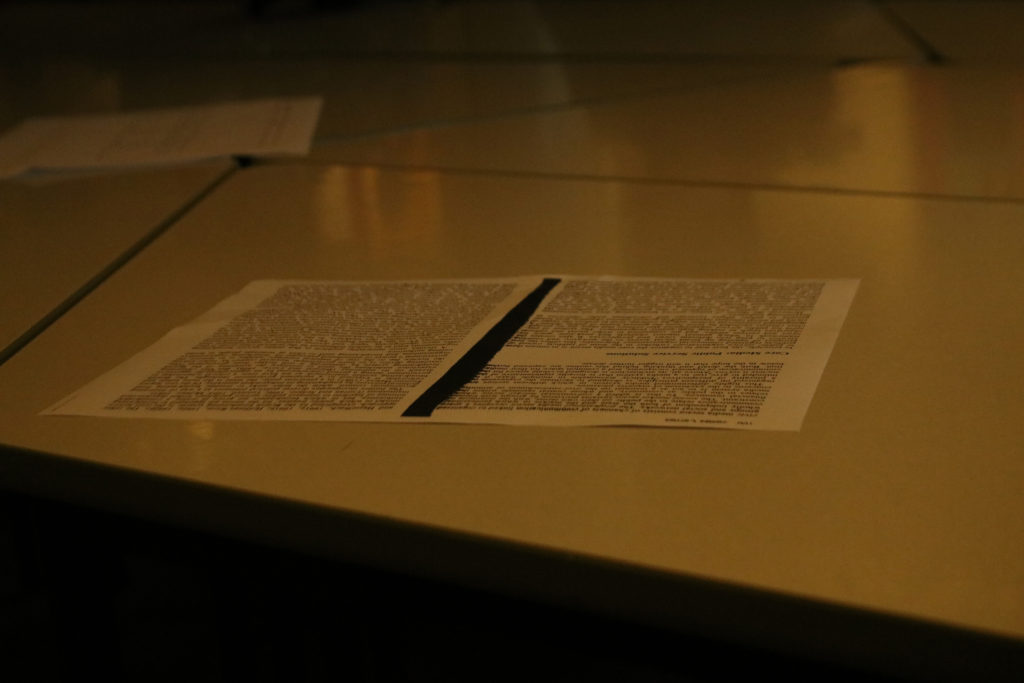To what extent have modern science fiction films changed since the birth of the genre, shown with The War of the Worlds (dir. Byron Haskin, 1953) and The World’s End (dir. Edgar Wright, 2013)?
Introduction: Establishing the concept of genre and some of the conventions of science-fiction. Defining terms like modernism and postmodernism. Introducing the two films and their context, with brief summaries of the plots.
Comparison Point 1: The World’s End as a homage/pastiche of The War of the Worlds. References to intertextuality.
Comparison Point 2: The reality of The War of the Worlds vs the hyper-reality of The World’s End. The War of the Worlds has a sense of verisimilitude (despite the alien invasion). The World’s End lacks a sense of verisimilitude, as the characters behave in very exaggerated ways and the film includes many stereotypes – for example the design of the pubs.
Comparison Point 3: The World’s End as a commodity, due to the stars in the film and the fact that it is part of a trilogy. The War of the Worlds is more traditional as it aims to tell the story.
Conclusion: Summarising the main points


